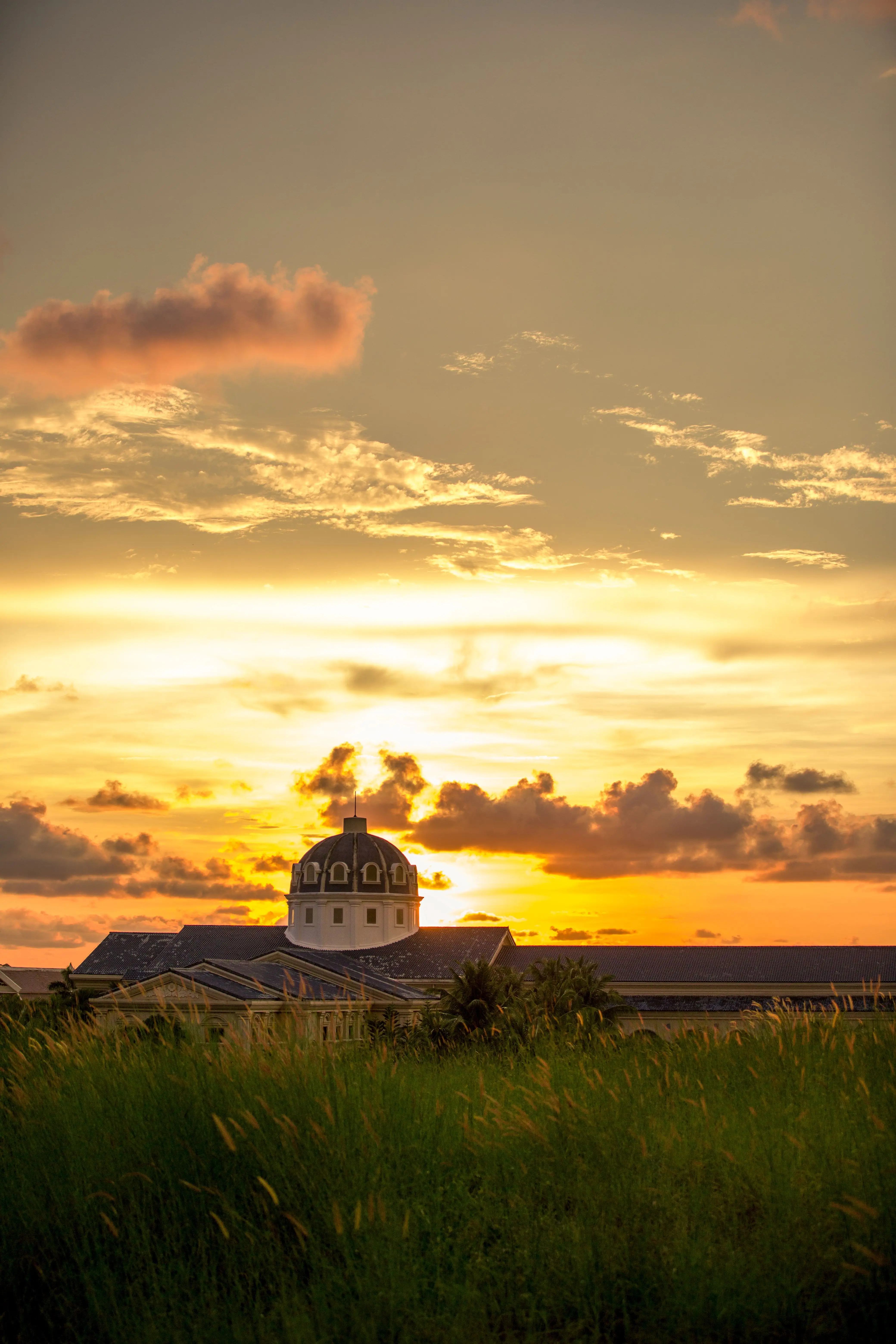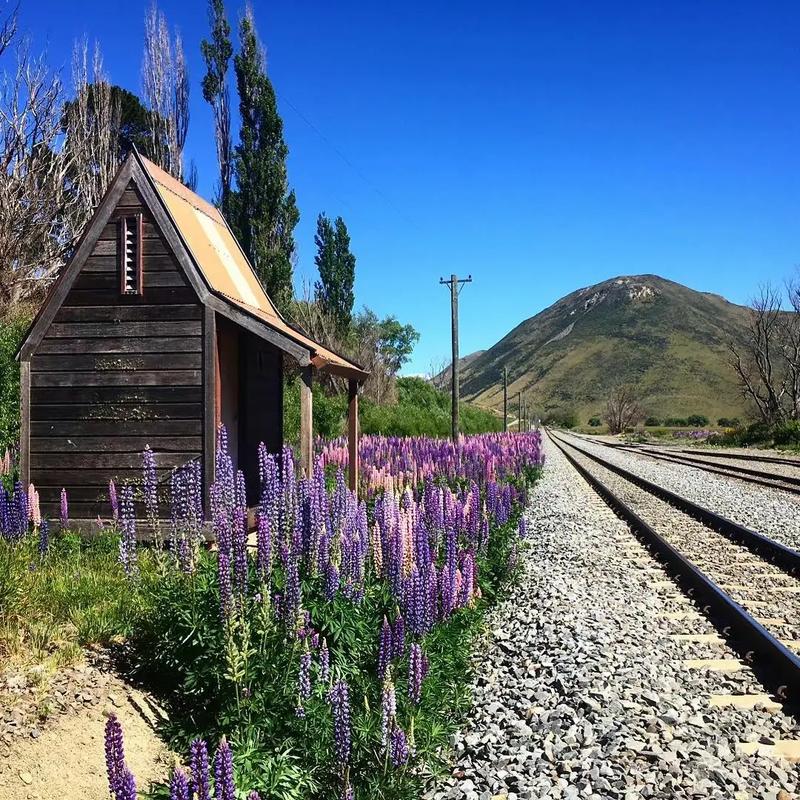Japan Travel
Osaka’s Osaka Castle: Historical Landmark Attraction
Osaka’s Osaka Castle: Historical Landmark Attraction
Rising majestically above the lush greenery of its sprawling park, Osaka Castle stands as an enduring symbol of Japan’s rich historical tapestry. With its multi-tiered roofs, gleaming gold accents, and imposing stone walls, the castle is not merely a relic of the past but a vibrant cultural hub that continues to captivate visitors from around the world. More than just an architectural marvel, Osaka Castle embodies the spirit of resilience, ambition, and artistry that has characterized the Kansai region for centuries.
A Fortress Born of Ambition
The origins of Osaka Castle are deeply intertwined with the life and ambitions of one of Japan’s most legendary figures: Toyotomi Hideyoshi. In the late 16th century, Hideyoshi, a brilliant general and unifier of Japan, sought to construct a fortress that would reflect his power and vision. Construction began in 1583 on the site of the former Ishiyama Honganji Temple, which had been destroyed during earlier conflicts. Hideyoshi envisioned the castle as the centerpiece of a new, unified Japan—a political and military stronghold that would demonstrate his authority and usher in an era of peace.
The scale and grandeur of the original structure were unprecedented. Hideyoshi employed thousands of workers, including skilled artisans and laborers from across the country, to build what was then the largest castle in Japan. The main keep, or tenshu, soared high above the surrounding landscape, while massive stone walls and intricate moats provided formidable defense. The castle was not only a military installation but also a cultural and political center, adorned with lavish decorations, including gold leaf and elaborate paintings, many of which depicted themes of power and prosperity.
The Castle Through Time
Despite its impressive beginnings, Osaka Castle’s history has been marked by conflict and reconstruction. Following Hideyoshi’s death in 1598, the castle became a focal point of tension between his loyalists and the rising power of Tokugawa Ieyasu. The Siege of Osaka in 1614–1615, a series of brutal battles between the Toyotomi and Tokugawa clans, ultimately led to the castle’s destruction. The Tokugawa shogunate later rebuilt the castle, but it was again damaged by fire in the 19th century.
The current structure, completed in 1931, is a concrete reconstruction that faithfully replicates the exterior appearance of the original castle. While some purists may lament the loss of the historical building materials, the reconstruction allowed the castle to be preserved as a museum and public space, ensuring its legacy would endure. Post-World War II restoration efforts further enhanced the site, and today, the castle stands as a testament to both its storied past and modern dedication to cultural preservation.
Architectural Grandeur and Symbolism
Osaka Castle is a masterpiece of Japanese castle architecture, blending functionality with aesthetic beauty. The castle’s design follows the hirayama style, built on a plateau rather than a mountain, which allowed for greater spaciousness and strategic advantage. The stone walls, constructed from massive interlocking rocks, are among the castle’s most impressive features. Some of these stones, such as the famed “Takoishi” (Octopus Stone), weigh up to 130 tons and were transported from quarries across the region using ingenious methods for the time.
The main keep rises eight stories high, with a distinctive appearance characterized by green roofs, white plaster walls, and gold gables adorned with tiger and carp motifs. These decorations were not merely ornamental; they carried deep symbolic meaning. The golden shachihoko (mythical tiger-fish creatures) on the roof, for example, were believed to protect the castle from fire—a poignant irony given the structure’s history of destruction by flames.
Inside, the castle functions as a modern museum, housing an extensive collection of artifacts related to Toyotomi Hideyoshi and the history of Osaka. Exhibits include armor, weapons, screens, and documents that offer a glimpse into the life and times of the castle’s founder. The top floor provides a panoramic view of Osaka, connecting visitors to the strategic perspective that once guided the castle’s lords.
The Castle Park: A Natural Oasis
Surrounding the castle is Osaka Castle Park, a vast urban oasis spanning over 100 hectares. The park is a beloved recreational space for both locals and tourists, offering a serene escape from the bustling city. In spring, the park becomes one of Osaka’s premier cherry blossom viewing spots, with over 3,000 cherry trees bursting into bloom. The contrast of the pink blossoms against the castle’s white walls and green roofs is a sight to behold, drawing crowds for hanami (flower-viewing) parties.
The park also features other historical structures, such as the Ote-mon Gate and the Sengan-yagura Turret, which survived the centuries and provide a tangible link to the castle’s past. Additionally, the park is home to shrines, gardens, and open spaces where visitors can relax, picnic, or engage in outdoor activities. The Nishinomaru Garden, with its teahouse and seasonal flowers, offers a particularly tranquil experience.
Cultural Significance and Modern Relevance
Osaka Castle is more than a tourist attraction; it is a cultural icon that represents the heart and soul of Osaka. For the people of Osaka, the castle is a source of pride and a reminder of the city’s historical significance as a center of commerce, culture, and resistance. It has appeared in countless works of art, literature, and film, cementing its place in the popular imagination.
The castle also plays an active role in contemporary culture. It hosts events throughout the year, including festivals, light-ups, and historical reenactments. During the autumn foliage season, the castle and its surroundings are illuminated, creating a magical atmosphere that blends the ancient with the modern.
Moreover, Osaka Castle serves as an educational resource, helping to convey Japan’s feudal history to new generations. School groups often visit the museum, where interactive exhibits and detailed explanations bring the past to life. The castle’s story—of rise, fall, and rebirth—resonates with universal themes of perseverance and renewal.
A Visit to Remember
For travelers, a visit to Osaka Castle is a journey through time. Approaching the castle through the park, visitors are greeted by the sight of the majestic keep reflected in the waters of the inner moat. The ascent to the castle involves crossing several bridges and passing through gates that once served as critical defensive points. Inside the museum, the exhibits provide context and depth, enriching the experience beyond mere sightseeing.
The castle’s proximity to other Osaka attractions, such as the Osaka Museum of History and the bustling districts of Umeda and Namba, makes it a convenient and rewarding destination. Whether viewed from afar in its full grandeur or explored up close in intimate detail, Osaka Castle leaves a lasting impression.

Conclusion
Osaka Castle stands as a monument to the dreams of Toyotomi Hideyoshi, the turbulence of Japanese history, and the enduring appeal of cultural heritage. Its walls have witnessed the rise and fall of empires, the devastation of war, and the joy of renewal. Today, it remains a beacon of history, beauty, and resilience—a must-see landmark that continues to inspire awe and admiration. For anyone seeking to understand the soul of Osaka and the legacy of Japan, a visit to Osaka Castle is an essential and unforgettable experience.
相关文章
- Yamagata’s Zao Onsen: Snow Monster Hot Spring Attraction
- Japan’s Maid Cafés: Akihabara Subculture Attractions
- Okayama’s Okayama Korakuen: Historic Garden Attraction
- Japan’s Horse Racing Tracks: Equestrian Sports Attractions
- Tokyo’s Odaiba Gundam: Anime Icon Attraction
- Japan’s Doll Festivals: Hinamatsuri Attractions
- Kagoshima’s Ibusuki Onsen: Sand Bath Hot Spring Attraction
- Japan’s Table Tennis Clubs: Recreational Attractions
- Kyoto’s Nishiki Market: 400-Year-Old Food Attraction
- Japan’s Camellia Festivals: Winter Flower Attractions
发表评论
评论列表
- 这篇文章还没有收到评论,赶紧来抢沙发吧~


